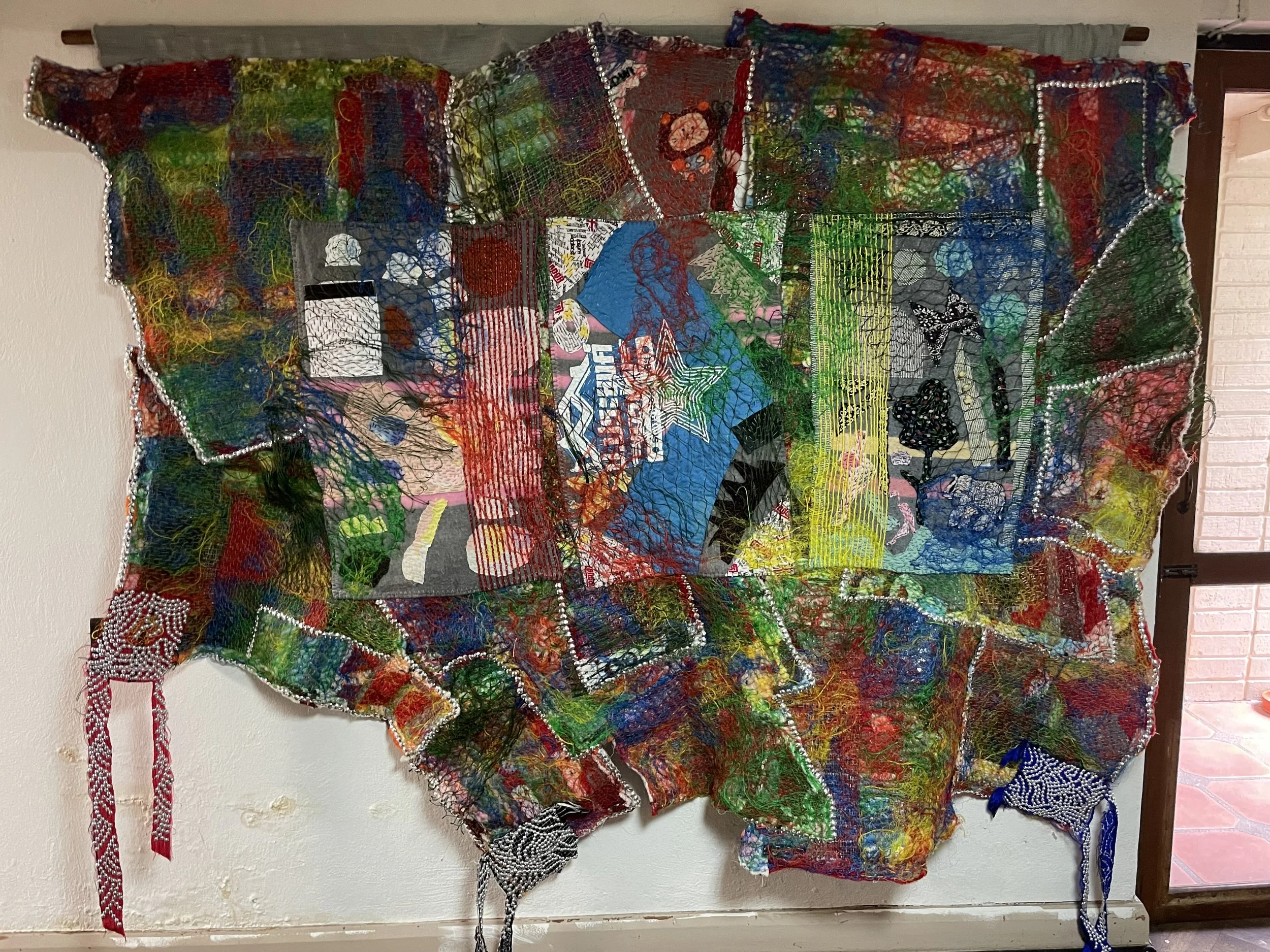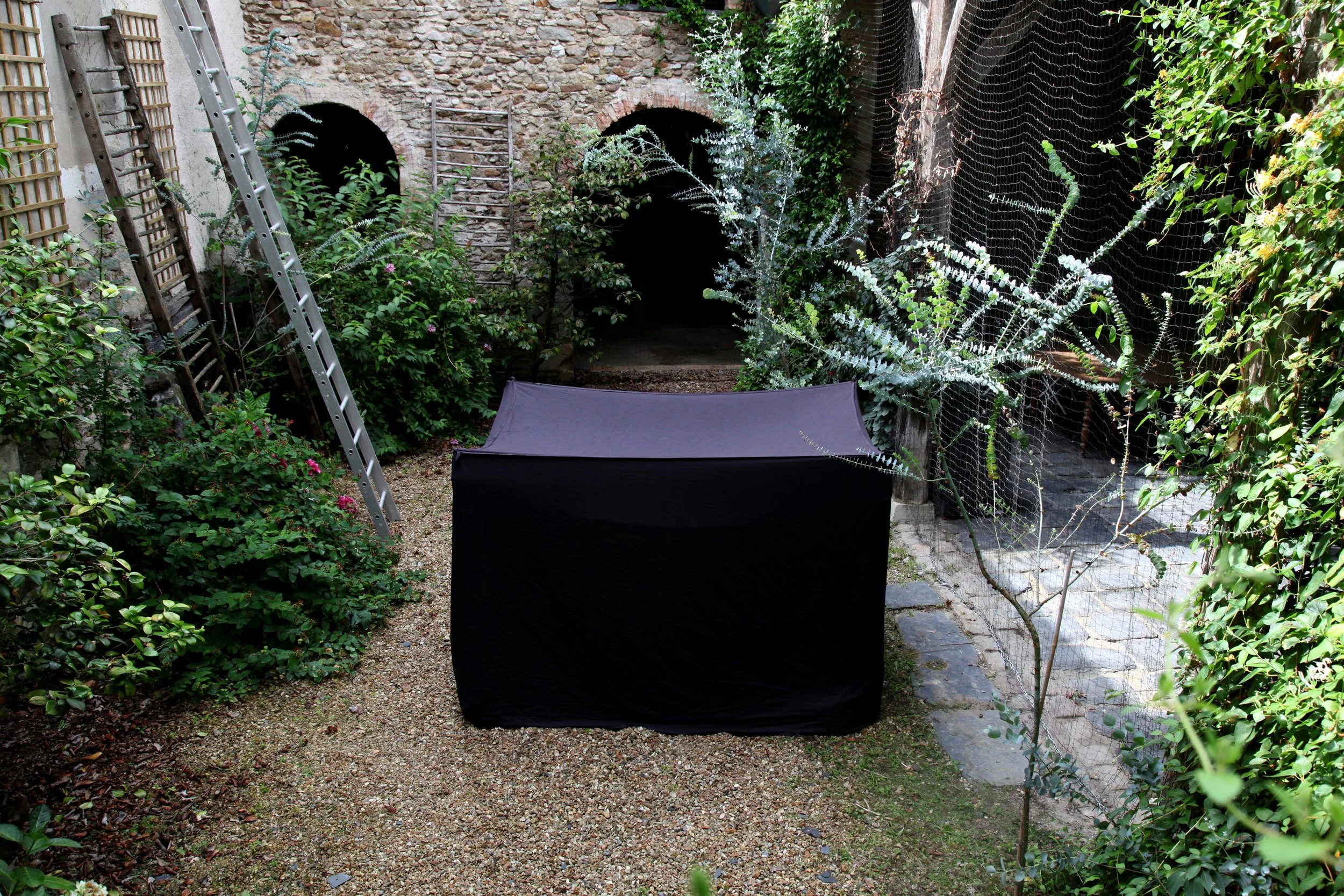SOUVENIRS (2020–2024) is a meditation on memory, loss, and resilience across time and place. During the 2020 pandemic, Aung Ko, accompanied by his daughter, returned to his parents’ village in Thuye’dan, Myanmar. Surrounded by the familiar sights of his childhood, he began filming traditional bamboo raft-making practices — a daily activity he had grown up with, but now witnessed anew through the eyes of his daughter. The craft, once vital to the community, was beginning to fade, due to the compounded effects of environmental degradation, rising costs of materials, and the scarcity of skilled labour.
Aung Ko was hence compelled to document this tenuous practice — not merely for posterity, but for his daughter, the villagers, and, most of all, for himself — as a way of preserving intangible heritage, and the memories of his home. This work stands as a tribute to the artist’s daughter, Dahlia, the villagers of Thuye’dan, and to the fading fragments of a former life. Through his work, he explores how memory survives across distance, and how art becomes a vessel for remembrance, continuity, and transformation.
Originally created and presented at Palais de Tokyo, this video work stands as a deeply personal archive, born from rupture and carried forward by resilience.















